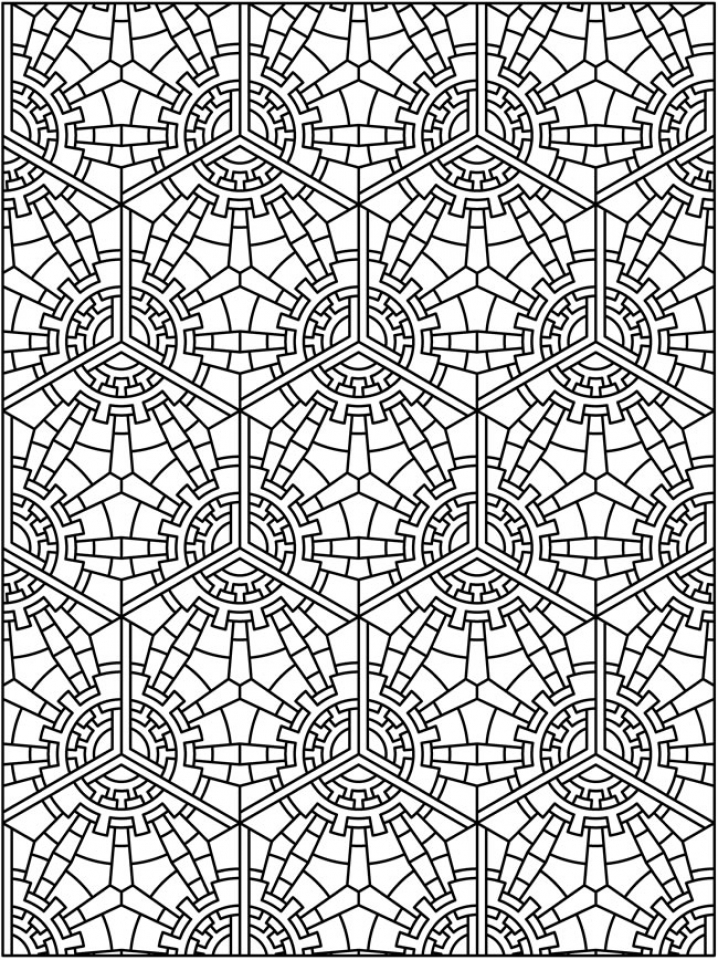
General management of scale insects begins with detection and identification of the pest. This is a cosmopolitan fungus that attacks many kinds of insects and that has been developed as a biocide. tessellatus in the Seychelles (Vesey-FitzGerald 1940). A fungus, Verticillim lecanii (Zimmerman) Viegas, has been reported attacking E. Metaphycus stanleyi (Hymenoptera: Encryptidae) is a common natural enemy of this scale. Most of the foliage of these palms was coated with a thick crust of sooty mold, which was undoubtedly supported by the honeydew of both the palm aphids and the tessellated scale (Howard et al. This planting had been sprayed repeatedly with insecticides to control palm aphid, Cerataphis brasiliensis (Hempel) without much success, and it is thought that the treatments may have interfered with natural enemies of both aphids and tessellate scale. tessellatus with up to 200 mature female scale insects per pinna has been observed. For example, in a dense planting of 'Malayan Dwarf' coconut palms in Miami, a serious infestation of E. In commercial nurseries, infestations may become of economic importance when not controlled. Heavy infestations can weaken or even kill a host plant. General Plant Damage (Back to Top) (Back to Top)


In addition to palm species, some other hosts of tessellated scale include species in the following plant families:

Tessellated scale has a very wide host range that includes monocot and dicot plant species such as ornamentals and fruit trees.įigure 4. They are usually found on leaves and stems (Hamon and Williams 1984). This species has a relatively low reproduction rate among scale insects, producing less than two dozen young per female (Vesey-Fitzgerald 1940). reproduce asexually without mating) and ovoviviparous, meaning that the eggs hatch within the female body, and the female gives birth to live young scale crawlers, or in some cases lay eggs that hatch quickly. One or two generations occur per year in a natural setting, but more frequent, overlapping generations may occur within greenhouse environments. Photograph by Adriana Espinosa, University of Florida. Sclerotized anal plate on top surface (dorsum) of tessellated scale, Eucalymnatus tessellatus (Signoret). Photograph by Paul Choate, University of Florida.įigure 3. Adult female tessellated scale, Eucalymnatus tessellatus (Signoret). Legs are well developed compared to most soft scale insects (Hamon and Williams 1984, Miller et al. It has polygonal, sclerotized plates on the dorsum (top surface) with a raised ridge on the median area. The adult female body is often slightly asymmetrical, oval or pear shaped, measuring 0.098-0.196 inches (2-5 mm) long, and 0.078-0.118 inches (2-3 mm) wide. Tessellated scale has been found throughout Florida, and is frequently found on palm species. This scale is widely distributed and has been found in Africa, Australia, North, Central and South America, the Caribbean, Asia and Europe. Palms, crepe-jasmine, and mango are some of the common south Florida hosts in the landscape for this pest.įigure 1.

This species may be a pest in greenhouses, commercial nurseries, and in the south Florida landscape (Dekle 1973). The tessellated scale, Eucalymnatus tessellatus (Signoret), is a soft scale (Hemiptera: Coccoidea) that is believed to be native to South America. Scientific name: Eucalymnatus tessellatus (Signoret) (Insecta: Hemiptera: Coccidae) Introduction - Distribution - Field Characteristics - Life Cycle - Hosts - General Plant Damage - Management - Selected References Introduction (Back to Top)


 0 kommentar(er)
0 kommentar(er)
